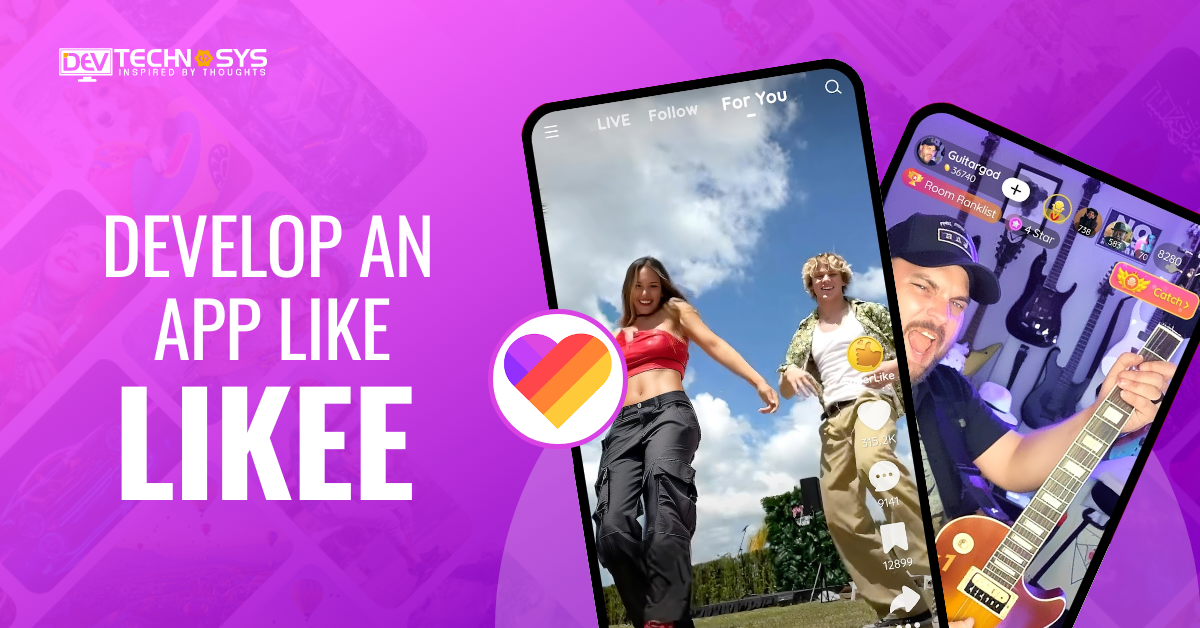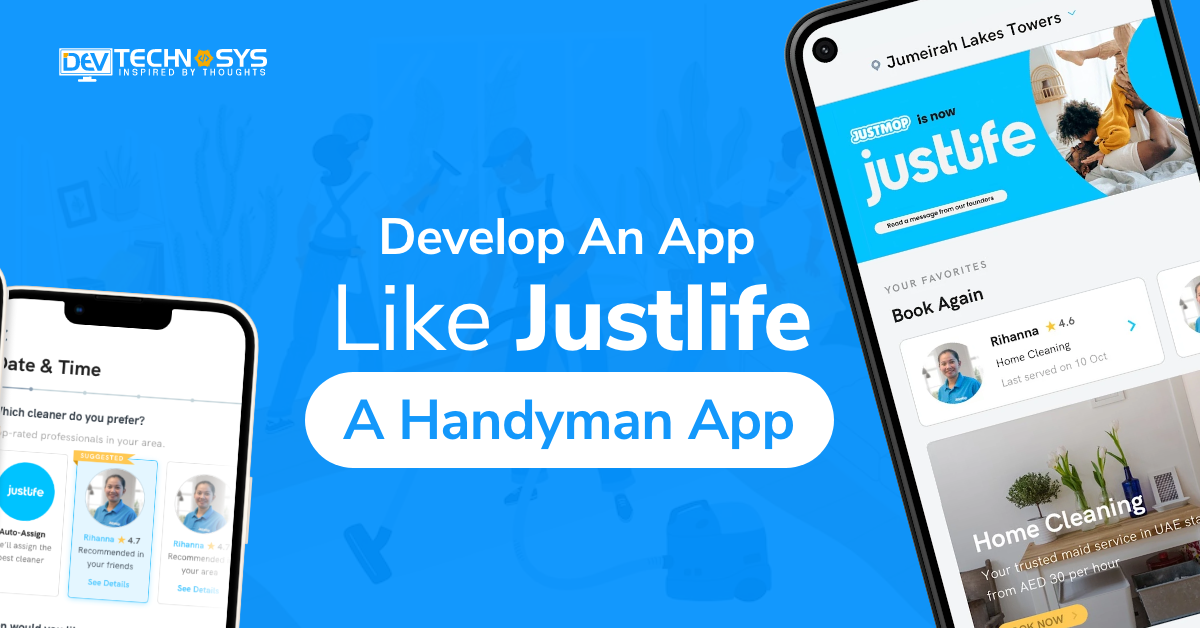“The future of energy belongs to renewables, but the present still heavily relies on oil and gas.”
T. Boone Pickens
Are you looking for Fuel Delivery App Development, then keep reading this blog. Online businesses became more popular than ever during the pandemic. Before the lockdown, online businesses existed but were not very popular.
It is now very common for basic daily necessities like food and medicines to be delivered to your door. It is a great time for businesses that deliver goods. Technology has taken over society for the generation we are living in.
The public is adjusting to goods and services that offer more comfort and convenience. So that we can accomplish anything with a single click, we want to become conditioned to it. There are several services and domains that can follow this trend, one such domain is Fuel Delivery App.
Fuel Delivery App Development and the on-demand fuel industry have been enhanced to better serve society and have proven successful in their initial attempts. These services were popular only in the US and London until now. The fuel delivery industry, on the other hand, is thriving all over the world and poised to upend economies.
Here, we’ll carefully examine the features and functionalities of the gasoline delivery app and create a plan for its development.
Continue reading to learn more!
What is a Fuel Delivery App?
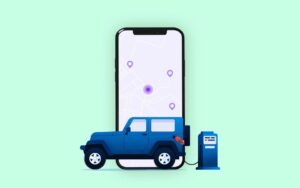
On-demand fuel delivery apps allow customers to have the fuel they require delivered to their vehicle at a time and location of their choosing. Signing up and logging in to the app allows users to specify fuel quantity, type, and time for hassle-free delivery.
The program allows customers to avoid long gas station lines and save time. These apps allow you to refuel your car anywhere there is GPS location. This could be in a parking garage, at home, or any other place. Apps that deliver fuel on demand are particularly useful for those who find themselves in remote locations with an empty tank.
Market Stats for Fuel Delivery App
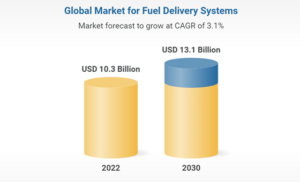
- According to the Future Market Insights report, the total revenue generated by the on-demand fuel market is expected to reach $9.3 Billion in 2032. This will grow at a CAGR of 6.8% between 2022 and 2032.
- The revenue from on-demand apps is expected to reach $935 Billion by 2023.
- Fuel delivery app Filld has reported an increase of 77% in fuel deliveries from the previous year.
How Does a Fuel Delivery App Work?
In this section, we will check out the working of fuel delivery app development that is vital. So let’s have a look:
1. Sign up:
To sign up, customers must first download the app. They will next need to submit the required information to establish an account.
2. Place Order:
Once the user has created an account, they can place an order by selecting a product and brand with the price.
3. Make the payment:
The user will then need to pay by choosing the method of payment provided by the developer. For example, Google Pay, cash-on-delivery. Customers can browse the digital mode to see all of their payment options.
4. Order processing:
Once payment has been made by the customer, fuel delivery solutions will assign this task to a nearby driver. This driver will accept the order, refill the necessary amount of fuel and ensure timely delivery.
5. Order delivery:
Once a driver has accepted the order, he will move forward to the destination. He will track the address on the map and find the correct route with the feature of real-time monitoring.
6. Order fulfillment:
Once the order has been completed, the user will be able to make payment. Customers currently have the option of using cash or digital payment methods. The customer was given a receipt that included the order details, prices, and other relevant information.
Top 4 Popular Fuel Delivery Apps
The market is filled with a variety of fuel delivery apps. However, we have thoroughly researched and listed down the top fuel delivery apps in Dubai.
1. Cafu Fuel app
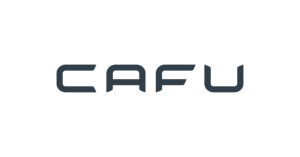
The Dubai-born startup gained enormous traction in the midst of the pandemic when it offered unlimited fuel deliveries and zero delivery fees for on-demand deliveries. The Cafu app not only delivers petrol for cars but also motorbikes and boats while expanding its services to Middle East countries. The Cafu Dubai fuel delivery start-up is reaping huge returns from its unique revenue model.
2. Filld

Fuel delivery service was launched in Washington and Bay Areas, Washington in 2015. Users are required to respond YES or NO via auto-generated texts. Fuel delivery is only available from 10 PM to 5 AM during this time. This allows for faster delivery due to less traffic. The company continues to expand its services throughout the USA.
3. YallaGAS
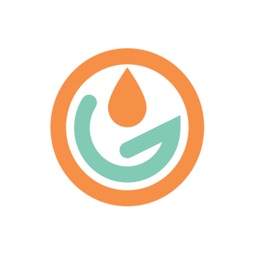
Gas cylinder booking is the first app in UAE to connect truck drivers directly with gas cylinder distributors, without calling. The platform, which leverages the power of technology, provides a convenient, safer, and more convenient way to deliver gas tanks anytime, anywhere. Eco-friendly solutions also help to conserve energy and reduce air pollution.
4. Yoshi
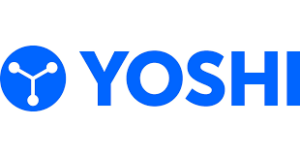
The USA-based startup has been providing 24/7 fuel delivery in different cities since 2015. Its goal is to improve the fueling experience at fuel stations. The company offers fuel delivery as well as car maintenance services such as oil changes, engine cleanings, tire changing, etc., all via text message. The app also allows you to pre-book the fuel delivery service.
Benefits of On-Demand Fuel Delivery App Development
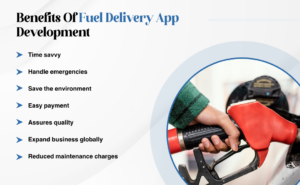
In a few cities around the world, the development of an application for on-demand fuel delivery has made it possible to refuel your vehicle at any time and anywhere without having to visit a fuel station. The app offers many benefits, which have made it popular amongst people. Knowing how to use intelligent tactics to increase the productivity of on-demand delivery applications can expand their range of benefits.
1. Time-savvy
The users don’t need to wait in line at the fuel station to refill their vehicles’ tanks. Instead, they can use an app that delivers fuel on demand. The time that the users can save is time that they may be used for useful tasks.
2. Handle emergencies
It’s a nightmare when the vehicle runs out mid-way and there is no nearby fuel station. A combustible product, fuel can be dangerous to take in excess. The fuel delivery abu dhabi apps allow fuel to be delivered anywhere with just a click.
3. Save the Environment
Fuel is dangerous to take on a long trip, as it can cause a fire if not handled correctly. It spills and adulteration are also harmful to the vehicle. Fuel delivery is the only way to save the environment from any possible dangers.
4. Easy Payment
Debit cards, credit cards, mobile wallets, and cash are just a few of the several payment options available to users. However, if you want to integrate a payment gateway in your app, then you must hire a fuel delivery app development services provider.
5. Assures quality
On-demand fuel delivery companies ensure that they are providing high-quality fuel using double-filtered oils that are cleaned each week. This prevents the oil from settling and gives users fuel of the highest quality.
6. Expand your Business Internationally
With the Business on the Wheel, fuel stations can reach users around the world. Multilingual and multi-currency support makes it easier to do business.
7. Maintenance charges reduced
Fuel stations can save a lot of money by not investing in infrastructure and maintenance. Businesses can focus on customer service and experience by avoiding the need to spend time and money on legal and financial issues.
What Are the Key Features of A Fuel Delivery App?
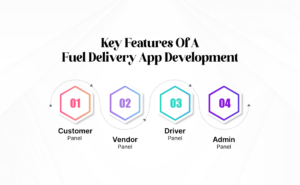
As per the Hybrid app development solutions, here are some features that will make your app successful. So let’s have a look:
1. Customer Panel
- User Profile: Customers can sign in to the application using social logins or create a new account. After logging in, the customer can see their full personalized profile with all features.
- Search Nearby or Enter Location: Customers can either search nearby or manually enter the location to find nearby vendors.
- Fuel Delivery: Once customers have placed an order, fuel will be delivered to them. The delivery person uses Google Maps to reach the destination directly.
- In-App Secure payment: Customers can pre-save credit and debit card information and money will be automatically deducted once the fuel has been delivered and filled.
- Track delivery: We have integrated Google Maps to allow customers to track the location of the delivery person and their estimated arrival.
2. Vendor Panel
- Update/Register Fuel Station Details: Vendors can update their details on the platform. However, if you want to customize the feature in your iOS or Android device, then you must hire an Android or iOS app development services provider.
- Vendor Profile: Vendors are able to log in and create a profile that is completely personalized. They can see a list of drivers, delivery details, and upcoming orders.
- Add Multiple Fuel Vehicles: Vendors can update, add or delete multiple fuel vehicles, and provide the necessary details such as fleet carriage quantity, travel hours, registration details, etc.
- Add Multiple Drivers: Vendors can update and delete multiple professional driver details such as their name, years of experience, driving license details, etc.
3. Driver Panel
- Driver Profile: Drivers are able to log in via social login and create their own profiles. Dashboards can include assigned deliveries, completed tasks, working hours, and pending deliveries.
- Check Assigned Deliveries: The driver is notified of any new deliveries assigned to him. The driver can view the details on their dashboard, including distance traveled, quantity requested by the customer, location, etc.
- Navigate to the Customer’s Location: Once the driver has been assigned the delivery, he or she will have the full details of the order. Drivers can navigate easily to the location of customers using Google Maps.
- OTP Verification: it is a security feature that allows for an additional layer of protection. The customer receives an OTP once the driver has completed the order. This OTP is then given to the driver in order to complete the delivery.
4. Admin Panel
- Login: Admin logs in to the profile, and receives a personalized dashboard. They can see all the information about customers, drivers, and vendors.
- Approve/Reject Vendor Request: When vendors register in the application, admins verify them and either approve or reject vendor requests.
- Manage Vendor: Admin can view the details about vendors, such as their name, the fuel station they are located at, the number of deliveries per day, and so on, to efficiently manage them.
- Manage Customers: Admin has access to important customer information, such as the number of orders each vendor receives, etc.
- Configure Fuel Types and Prices: Admin can configure fuel types and prices in the backend. Fuel types can be added, updated, or deleted, and fuel prices can be changed.
Tech Stack Required for Fuel Delivery App Development
| Mobile Platform | Android, iOS |
| Web back-end | Node.js, JavaScript, .Net, & more |
| Payment Gateway | PayStack, Google Wallet and CCAvenue |
| Navigation and Routing | Google Maps, GPS |
| Real-time App Analytics | Firebase Analytics, Crashlytics, Mixpanel, BigData, Spark, Apache Flink |
| IoT Integration | Smart locks |
| Real-Time Messaging | MQTT |
| The Database | Atlas, RDS, MongoDB, Cassandra |
| Web Server | AWS EC2 |
| Cloud Storage | AWS S3 |
| Push Notifications | APNS/ FCM, Push.io, Twilio |
| Voice, SMS, and Phone Verification | Twilio, Nexmo, SNS |
How to Develop a Fuel Delivery App?

So, how do you build a fuel delivery app? It can be difficult to transform an on-demand fuel business strategy into a comprehensive solution. To be successful, the development process must be well-organized and well-researched. Below is a description of the process that most top-rated app development companies use.
1. Create a Strategy
You need to discuss your app idea with the business analyst and technical team of the software company. You will both discuss the purpose of your app.
2. Research and Analysis
Stakeholders should conduct research to determine the viability of a fuel delivery app in a niche market after considering the needs of their target audience, competitors, and the latest technological advances.
The analysis allows the team to discover information that would otherwise be overlooked, like cutting-edge features which could make the fuel delivery app successful in a particular area. During the research and analysis phase, a development roadmap should be developed for the app.
3. Licensing
You need a government license and approval to launch a fuel-delivery app. Fuel delivery companies must adhere to set rules that are established by the appropriate authorities.
4. Create a UI/UX
The app stands out from the rest with its clean, simple design. The team aims at creating a user-centered UI/UX to reduce the learning curve of customers who use fuel delivery software. Engineers use the latest UI/UX trends to create designs that are appealing to users.
5. Build a Fuel Delivery App
All the planning, analysis, and research are done during the development of the app for on-demand fuel deliveries to ensure high performance. Software developers with experience in developing fuel delivery apps create the app’s functionalities. They also take care of backend integration, API integration, and database management.
6. Test the App
App testing is crucial to ensure that the fuel delivery app works, performs according to the scope of the project, and meets client expectations. During testing, bugs, UI flaws, and loose ends are addressed in order to ensure that the fuel delivery application is successful.
7. Deployment & Launch
The engineering team launches and deploys the fuel delivery system on the platform that it was developed for. The team will also provide future app support and maintenance based on the agreement made before development began while adhering best practices and considering user feedback.
8. Marketing
Promote your app and your services online and offline once the development and deployment are completed. To spread the word, you will need to develop a marketing strategy. You can hire dedicated developers to help you achieve this.
Now that you are well versed in the fuel delivery app development steps, we will now look at the cost to build a fuel delivery app.
Fuel Delivery App Development Costs
The mobile app development cost for on-demand delivery of fuel would be between $25,000 and $50,000. The cost may increase or decrease depending on factors such as the app features, platform, UI/UX, technologies used, testing tools, etc.
| Fuel delivery app type | Estimated cost | Timeframe |
| Basic Fuel Delivery App | $25,000 – $35,000. | 3 – 4 months |
| Medium Complex Fuel Delivery App | $35,000 – $40,000. | 6 – 9 months |
| Highly Complex Fuel Delivery App | $45,000 – $50,000. | 9+ Months |
Further, the overall complexity of the application has a direct effect on the cost. The more complex the app, the higher the cost. Consult with a reputable on-demand app development company and decide on the sort of app you want to create in order to determine the exact cost of on-demand gasoline delivery app development.
Conclusion
Today, utilizing online on-demand services is a fantastic method to connect with your audience; do not pass up this amazing opportunity. Although it is not an easy process to do, you will be able to fuel delivery app development that will instantly connect with the audience using the information in this article as a guide and the help of a mobile app development company.
How long does it take to develop a fuel delivery app?
The development timeline for a fuel delivery app depends on the complexity and scope of the project. Simple apps with basic features can take 3-4 months, while more advanced apps with extensive functionalities may require 5-6 months longer. A precise timeline can be determined after discussing your requirements with a development team.
How can I monetize a fuel delivery app?
You can monetize a fuel delivery app through various methods, such as:
- Delivery charges: Implementing a fee for each fuel delivery made.
- Surge pricing: Charging higher rates during peak demand periods.
- Partnerships: Collaborating with fuel suppliers and earning a commission on each fuel sale.
- Advertisements: Displaying targeted advertisements within the app.
- Subscription model: Offering premium features or benefits to users through a subscription plan.
How do fuel delivery apps manage payment transactions?
Fuel delivery apps integrate secure payment gateways that allow users to make payments directly within the app. These gateways encrypt sensitive user information and follow industry-standard security protocols to ensure secure transactions. Popular payment gateways include Stripe, PayPal, Braintree, or other trusted providers.













